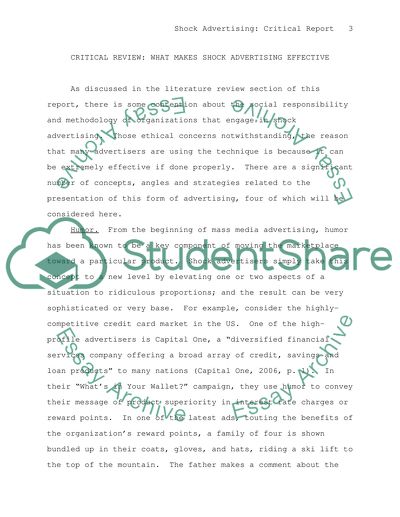Cite this document
(“Shock Advertising Essay Example | Topics and Well Written Essays - 3250 words”, n.d.)
Retrieved from https://studentshare.org/sociology/1499278-shock-advertising
Retrieved from https://studentshare.org/sociology/1499278-shock-advertising
(Shock Advertising Essay Example | Topics and Well Written Essays - 3250 Words)
https://studentshare.org/sociology/1499278-shock-advertising.
https://studentshare.org/sociology/1499278-shock-advertising.
“Shock Advertising Essay Example | Topics and Well Written Essays - 3250 Words”, n.d. https://studentshare.org/sociology/1499278-shock-advertising.


